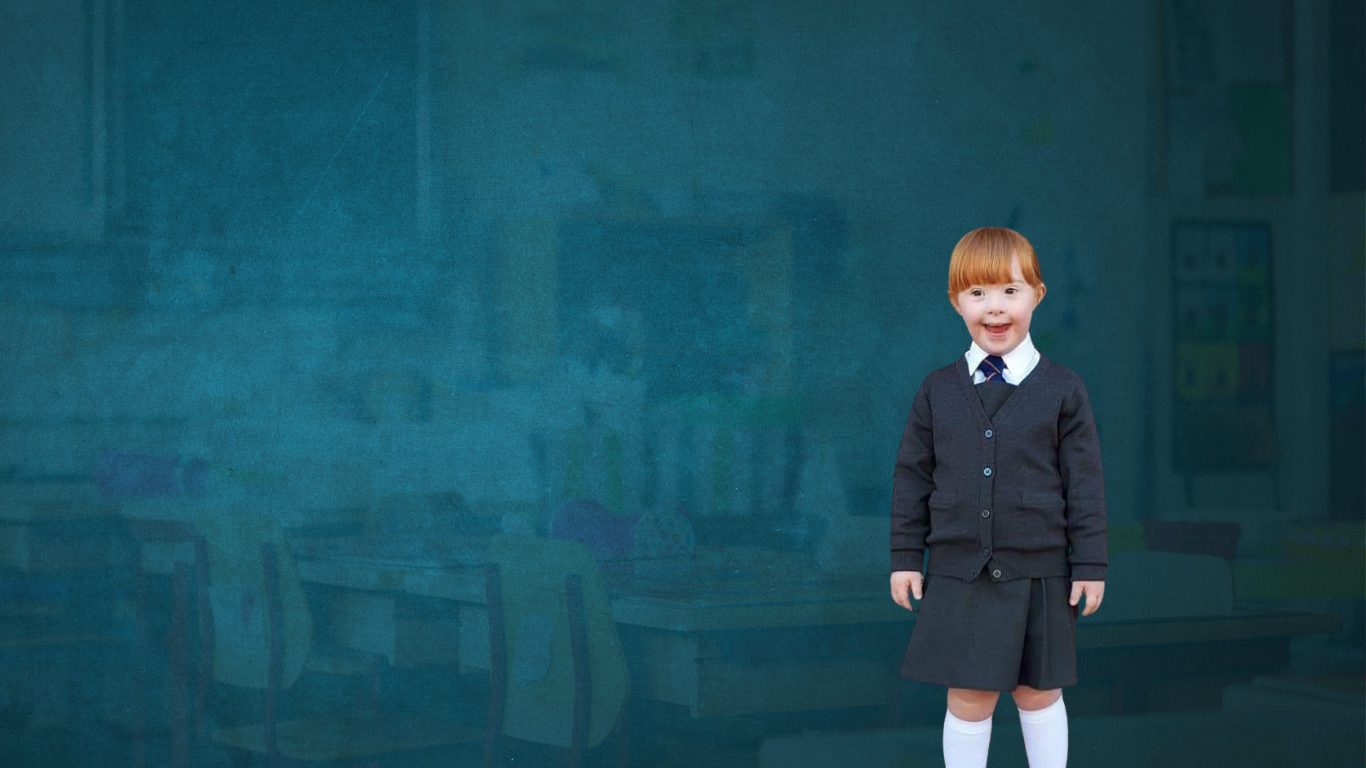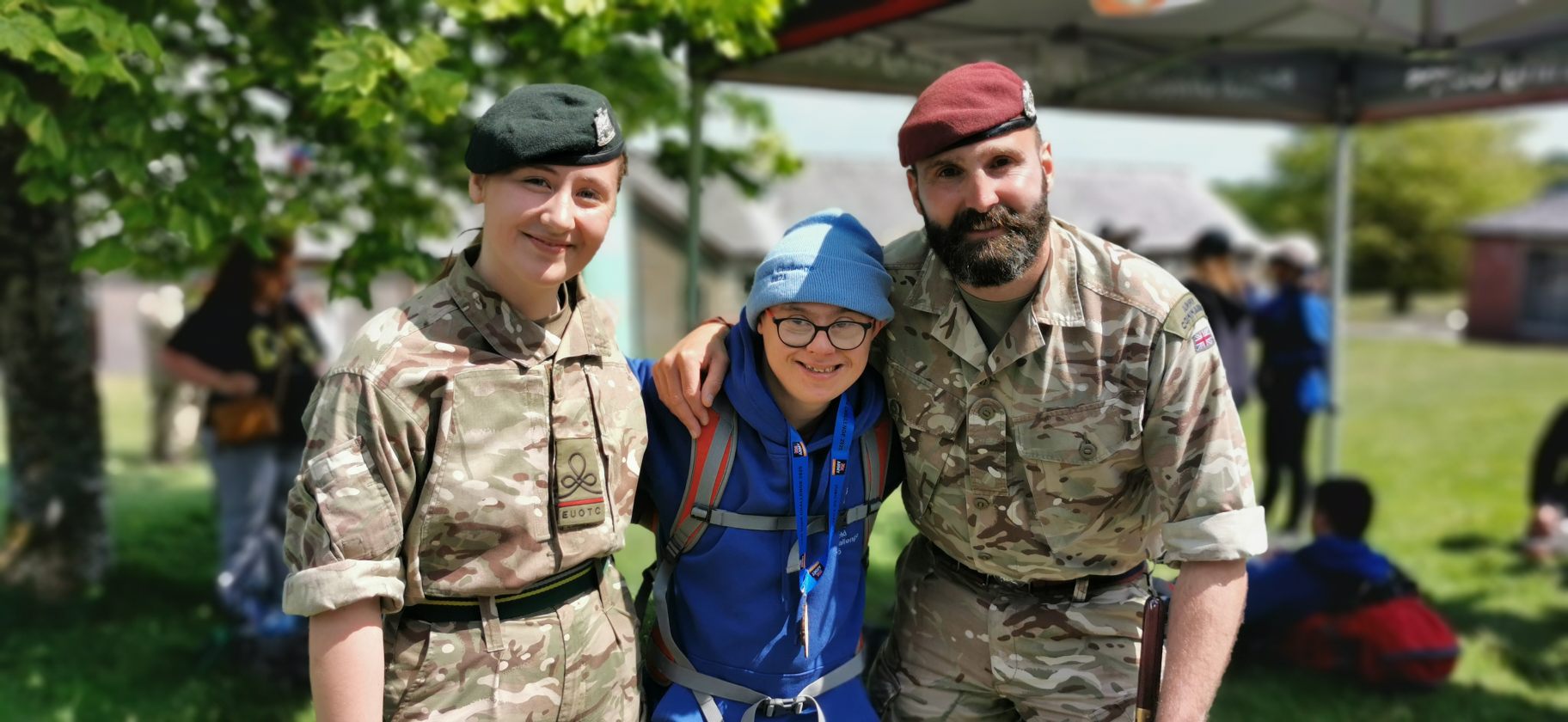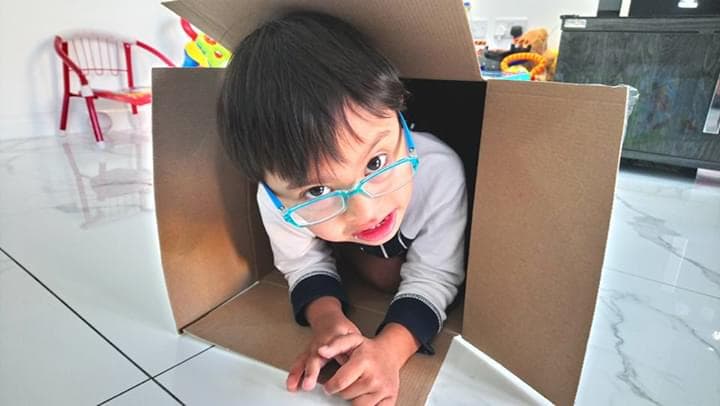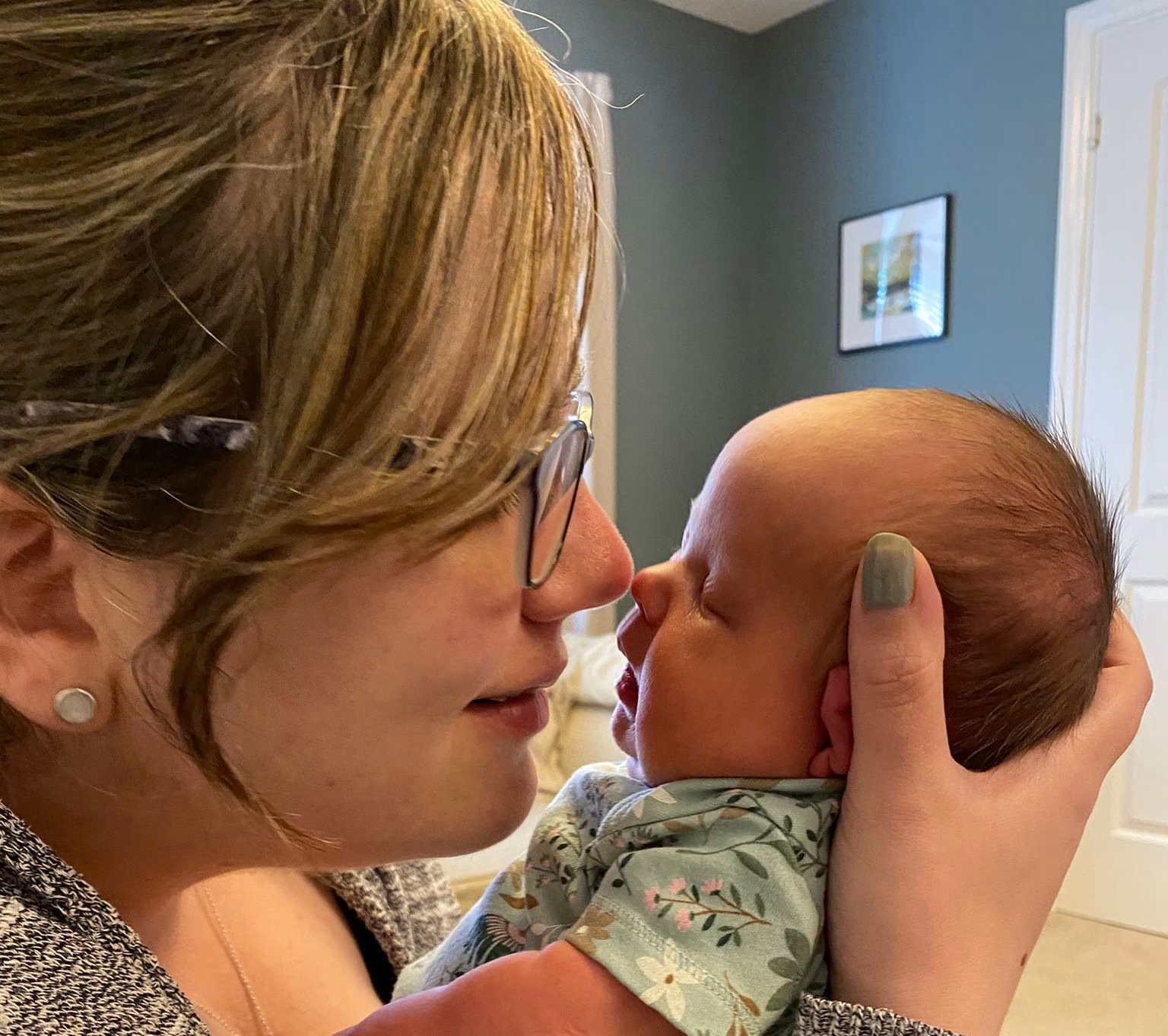- by Dr Rebecca Baxter
Helping children with Down syndrome settle into primary school requires careful planning and collaboration to create a learning environment tailored to their individual needs. Here’s how to make the transition smoother:
1. Plan sessions
Following transition meetings in the summer term, where the parents, primary teachers, SENCO (Special Educational Needs Coordinator), and any external professionals shared key information, September sessions should be planned. Ensure clear and consistent boundaries from the beginning; if it’s carpet time, all children should be coming to the carpet. Ensure these times are planned and resources are ready.
2. Familiarity
There may have been multiple short visits to the new school before the summer so the child ould explore and get to know the school. The summer holidays are a long time! Ensure transition books and resources are reviewed regularly over the summer, going over the names of key staff such as the class teacher, teaching assistant and SENCO so they start school knowing who will be supporting them.
3. Support the routine
Children with Down syndrome often thrive off routine and structure. Keep their routine consistent and predictable. Using visual timetables and now/next boards can be helpful, so the child understands what is happening next ie, ‘circle time and then snack’.
4. Be mindful of communication
If a child already uses Makaton or PECS to communicate alongside any spoken communication, ensure staff use the same methods to ensure consistency. Keep instructions simple and use visual cues to aid understanding.
5. Facilitate inclusive peer interaction
It is crucial children feel included, especially by their peers. By modelling inclusive communication and play, staff can encourage peer interaction and friendships. Structured, familiar games and activities that don’t rely on too much language can be beneficial. Ensure adult support steps back when play situations are underway to support independence.
6. Create a supportive learning environment
As you know, children learn best when they feel safe and supported, and this is just as true for children with Down syndrome. Break tasks into manageable steps and use hand-on resources to aid learning. Ensure any class motivators and/or rewards are clearly understood, these may need adapting.
7. Establish consistent communication between school and home
Regular meetings between the parents, key school staff and any relevant external professionals can ensure updates and progress are shared and discussed This is an opportunity to review what’s working and what’s not to mitigate any issues before they arise.
8. Celebrate the small achievements
And we don’t just mean the big achievements! Celebrate the small wins and milestones as they really are the big things.
Need specialised support?
DSUK’s Primary Education Programme offers expert-led training, resources and ongoing support for school staff to successfully support pupils with Down syndrome in primary school.
Share this post
Author
 Director of Education and Speech and Language Therapy
Director of Education and Speech and Language TherapyDr. Rebecca Baxter as our Director of Education and Speech and Language Therapy. Becky is a speech and language therapist who specialises in Down syndrome and has worked with babies through to young adults with Down syndrome. Becky is also involved in a number of research projects across speech, language and education issues associated with Down syndrome. Becky completed her PhD in 2023 at University College London, which involved developing and evaluating a language intervention for children with Down syndrome. Becky is passionate about supporting speech and language therapists and is currently chair of the Down Syndrome Clinical Excellence Network. She has delivered training to speech and language therapists across the UK and internationally.
View all posts









